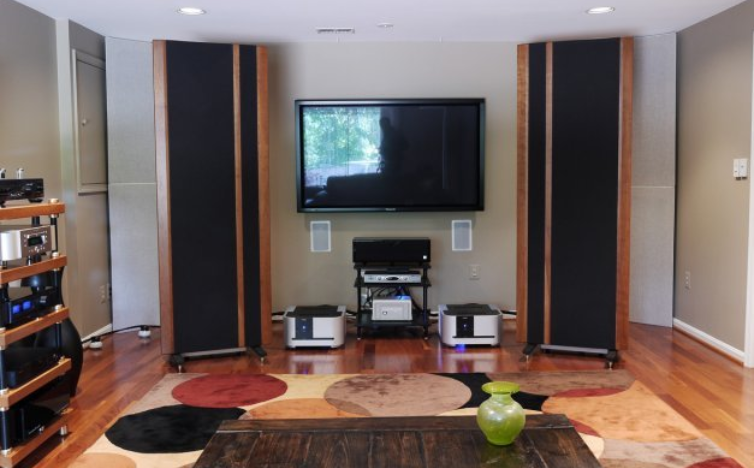Bass traps are essential for controlling low-frequency buildup in rooms, but improper placement can reduce their effectiveness. Many users make common mistakes about Bass Trap Placement that prevent optimal sound absorption. This guide highlights key errors and how to avoid them for better acoustics.
1. Ignoring Room Corners
Mistake: Placing bass traps only on walls or ceilings, missing the corners where bass frequencies accumulate the most.
Solution: Install bass traps in vertical and horizontal corners (where walls meet walls or walls meet ceilings) for maximum low-end control.
2. Using Too Few Bass Traps
Mistake: Assuming one or two bass traps are enough for a large room.
Solution: Bass buildup occurs across multiple corners—use at least four bass traps (one in each corner) for balanced absorption.

3. Wrong Trap Thickness & Density
Mistake: Choosing thin or low-density traps that can’t absorb deep bass frequencies.
Solution: Opt for 4-inch or thicker traps with high-density material (e.g., rockwool, OC 703) for effective low-frequency absorption.
4. Poor Spacing from Walls
Mistake: Mounting traps flush against walls without an air gap, reducing effectiveness.
Solution: Leave a 2-4 inch gap behind the trap to enhance low-frequency absorption.
5. Skipping Early Reflection Points
Mistake: Only placing bass traps in corners and neglecting first reflection points.
Solution: Add broadband absorbers at reflection points (side walls, behind speakers) to improve overall clarity.
6. Over-Treating One Area
Mistake: Clustering too many traps in one spot, creating an overly dead sound.
Solution: Distribute traps evenly around the room for balanced acoustics.
7. Neglecting Ceiling & Floor Corners
Mistake: Focusing only on wall corners and ignoring ceiling-floor junctions.
Solution: Install soffit traps or ceiling clouds to control vertical bass modes.
Call us: Contact DeSound Soundproofing Expert in Dubai For Soundproofing: +971 56 231 4204
Conclusion
Avoiding these bass trap placement mistakes ensures better low-frequency control and a more balanced acoustic environment. Proper positioning, sufficient coverage, and the right materials make a significant difference in sound quality.

